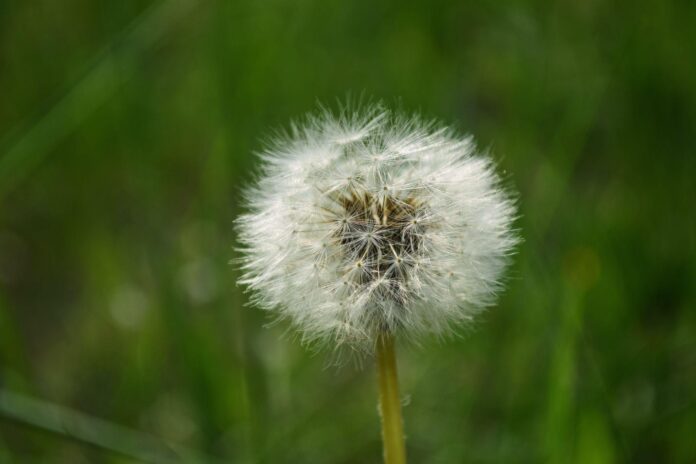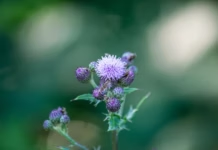Green-fingered Brits are being encouraged to get to know the weeds in their gardens, as they can be valuable indicators of soil quality.
Experts at GardeningExpress.co.uk have explained how different types of weeds speak volumes about the health of the lawn.
It’s a common misconception that weeds only grow during Spring and Summer, however, they actually thrive in Autumn and can grow even faster due to less competition.
While often seen as nuisances, these uninvited guests can highlight underlying issues in soil that need attention for the garden to flourish.
Weeds have specific soil conditions they prefer, allowing gardeners to identify and address potential deficiencies.
For example, dandelions and clover can indicate soil compaction or imbalanced pH levels, whereas grassy weeds suggest that there might be an issue with seed quality or soil fertility.
Whether weeds thrive in dry or wet conditions unveils further insights into soil quality, as weeds that flourish in dry areas may highlight drainage problems and the presence of wet-loving weeds can be a sign of excessive moisture.
It’s also important to check the colour of weed foliage for signs of nitrogen deficiency in the soil, such as pale or yellow leaves.
Chris Bonnett, the founder of GardeningExpress.co.uk said: “Although weeds have a bad reputation among gardeners, they can provide valuable clues about the overall health and soil quality of your lawn.
“Before digging up all the weeds, try to identify them and find out the reason they’ve appeared in your garden.
“By knowing what different types of weeds indicate, you can make informed decisions for a healthier and more vibrant lawn.
“Next time you see an abundance of dandelions invading your garden, keep in mind that it can be a sign that your soil is compacted and low in nutrients and needs some TLC.”
The team at GardeningExpress.co.uk have explained what some of the most common weeds indicate about soil quality:
- Clover
Clover thrives in nitrogen-deficient soil, so if you can see this weed popping up in your lawn then it’s worth considering applying some lawn fertiliser to increase the nitrogen levels.
- Crabgrass
Crabgrass is commonly found in poor soil that’s low in nutrients, specifically in calcium, and it can also indicate compacted soil. The presence of this weed can be a sign that your lawn needs some treatment by applying fertiliser and improving aeration.
- Dandelions
Dandelions thrive in compacted soil with low fertility and they prefer slightly acidic pH levels. These conditions should be improved if you want your desirable plants to flourish, as the combination of compacted soil and lack of nutrients will impair their growth.
- Bindweed
Bindweed grows in crusty and poorly drained soil. If you notice bindweed in your lawn then it’s worth addressing drainage problems to discourage its growth and improve the soil quality for other plants.
- Ground ivy
Ground ivy can be evidence of insufficient sunlight and poor drainage. These issues can be solved by pruning shrubs and trees that are producing shade and aerating the lawn.
- Moss
If there’s moss growing in your garden then it can be a sign of acidic soil that’s usually due to insufficient oxygen levels. It can also indicate wet, poorly drained soil. Start by scarifying the old, dead thatch and moss and then aerate the lawn by spiking deep holes. You may need to reseed bald areas.
- Yarrow
Yarrow is a very invasive weed and you can find it in the garden if the soil is overly dry and sandy. It’s a sign that you should improve the soil’s water retention by adding well-rotted organic matter and mulching.

| [donate]
| Help keep news FREE for our readersSupporting your local community newspaper/online news outlet is crucial now more than ever. If you believe in independent journalism,then consider making a valuable contribution by making a one-time or monthly donation. We operate in rural areas where providing unbiased news can be challenging. |



















